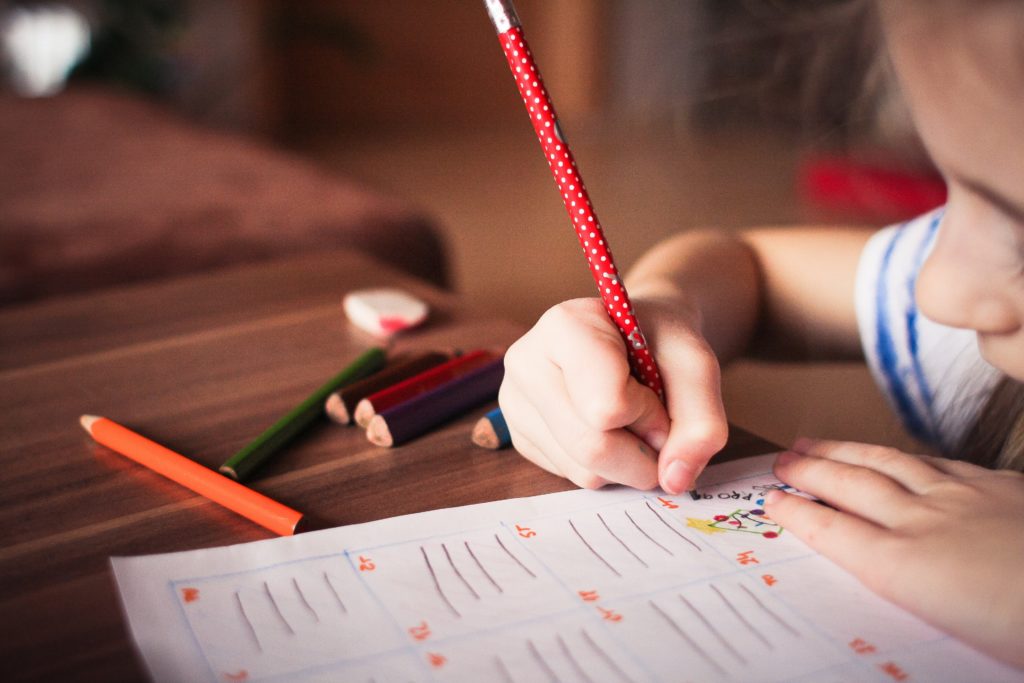September 2018 Project TableTalk Conversation Starter:
How does Domestic Violence Affect Children?
Socially – isolated, poor social skills, intense friendships, difficulty trusting other people
Behaviorally – acting out, withdrawing, aggression, bed wetting, nightmares
Emotionally – guilt, shame, anger, grief, depression, fear
Physically – short attention span, clingy, somatic complaints, tired, nervous
Cognitively – feels responsible for abuse, blames others for problems, sex stereotypes, thinks violence is ok
How to talk to kids about Domestic Violence:
“I’ve noticed you (have gotten in fights/are having trouble in school/are having nightmares/etc.), do you want to talk about it? ”
“You seem (sad/angry/anxious/scared/etc.), is everything ok?”
“What did/do you hear or see at home?”
“How are you feeling?”
“Do you have any questions for me about what has happened at home?”
Key Messages:
“You have the right to be safe.”
“It is not up to you to stop the abuse.”
“We can talk about how to stay safe if it happens again.”
“You can talk to me – I will listen.”
“I believe you.”
“I’m sorry you had to see/hear that.”
“The violence was not, and is not, ok.”
“Abuse is never your fault.”
Myths/Facts about Violence and Children
Myth: Domestic violence is always physical and/or visible.
Fact: Trauma begins affecting people prenatally, which is also one of the highest at-risk times for abuse. People may react differently based on when they experienced trauma, but it can still affect them at any age.
Myth: If abuse is not directed at a child, it doesn’t harm them.
Fact: Being a secondary victim of domestic violence has similar effects on a child as being the primary victims
Myth: If a child is not present when abuse occurs, it will affect them.
Fact: Kids always know more than we think. It’s very likely they still know what is going on, and it is affecting them
Myth: If a child has grown up in an abusive household, they are destined to grow up to be abusers or victims.
Fact: This often happens, but it doesn’t have to. Children are incredibly resilient! Connection to just one positive person in a child’s life can make a world of difference
Myth: There is nothing I can do to help a child who has been exposed to domestic violence
Fact: The greatest thing you can do for a child (or anyone!) who has experienced trauma is to just be there for them – judgment free! Help them by listening, believing, and supporting them, as well as connecting them to community resources.
Myth: “Stranger Danger” is most the most prevalent form of sexual assault
Fact: In 93% of juvenile cases, the child knew the perpetrator. 34% are sexually abused by family members.
Myth: It’s uncommon for boys to be sexually abused.
Fact: 1 in 6 boys will be sexually abused before they turn 18.
Myth: Once a child discloses, the abuse will stop
Fact: The sad truth is that, on average, a child must disclose 7 times before someone believes them and action is taken. This is reversible – if a child discloses, believe them!
Tips for talking with a child/youth once they’ve disclosed abuse:
- Give the child or young person your full attention.
- Maintain a calm appearance.
- Don’t be afraid of saying the “wrong” thing.
- Reassure the child or young person it is right to tell.
- Accept the child or young person will disclose only what is comfortable and recognize the bravery/strength of the child for talking about something that is difficult.
- Let the child or young person take his or her time.
- Let the child or young person use his or her own words.
- Don’t make promises you can’t keep.
- Tell the child or young person what you plan to do next.
- Do not confront the perpetrator.
Content provided by Solutions Center Shelter & Support Services.
 Initiative of the
Initiative of the 

